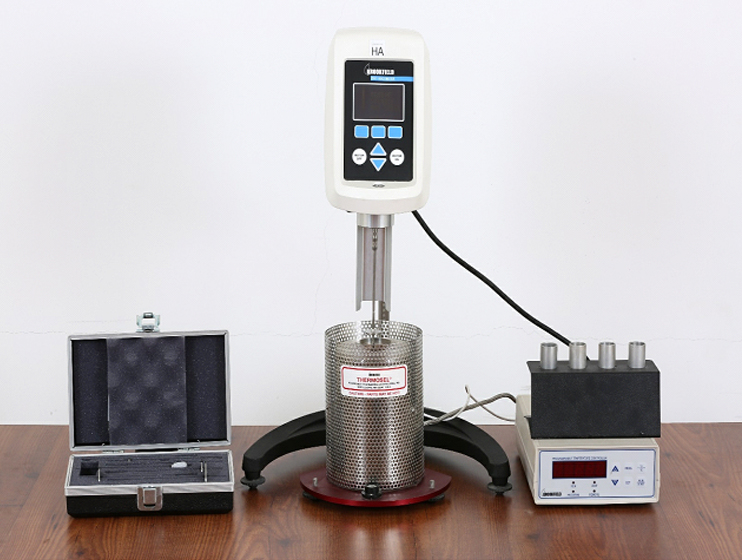TESTS ON BITUMEN
Kinematic Viscosity
This test is done as per ASTM: D 2170 – 95.The kinematic viscosity characterizes flow behavior. The method is used to determine the consistency of bitumen as one element in establishing the uniformity of shipments or sources of supply. The specifications are usually at temperatures of 60 and 135°C.
Procedure:
- i) The specific details of operation vary somewhat for the various types of viscometers. See the detailed descriptions of viscometers in Annex A2 for instructions for using the type viscometer selected. In all cases, however, follow the general procedure described in 8.2 to 8.8.
- ii) Maintain the bath at the test temperature within60.02°F (60.01°C) for test temperature of 140°F (60°C) andwithin6 0.05°F (60.03°C) for test temperature of 275°F(135°C). Apply the necessary corrections, if any, to all thermometerreadings.

- iii) Select a clean, dry viscometer which will give an efflux time greater than 60 s and preheat to test temperature.
- iv) Charge the viscometer in the manner dictated by the design of the instrument.
- v) Allow the charged viscometer to remain in the bath long enough to reach the test temperature,
- vi) Start the flow of asphalt in the viscometer.
- vi) Measure to within 0.1s, the time required for the leading edge of the meniscus to pass from the first timing mark to the second. If this efflux time is less than 60 s, select a viscometer of smaller capillary diameter and repeat the operation.
- vi) Upon completion of the test, clean the viscometer thoroughly by several rinsing’s with an appropriate solvent completely miscible with the sample, followed by a completely volatile solvent. Dry the tube by passing a slow stream of filtered dried air through the capillary for 2 min, or until the last trace of solvent is removed. Periodically clean the instrument with a strong acid cleaning solution to remove organic deposits, rinse thoroughly with distilled water and residue-free acetone, and dry with filtered dry air.
- vi) 8.1. Chromic acid cleaning solution may be prepared by adding, with the usual precautions, 800 mL of concentrated Sulphuric acid to a solution of 92 g of sodium dichromate in 458 mL of water.
- vi) 8.1. Chromic acid cleaning solution may be prepared by adding, with the usual precautions, 800 mL of concentrated Sulphuric acid to a solution of 92 g of sodium dichromate in 458 mL of water. The use of similar commercially available Sulphuric acid cleaning solutions is acceptable. Nonchromiumcontaining, strongly oxidizing acid cleaning solutions6 may be Substituted so as to avoid the disposal problems of chromium containing solutions.
- vi) 8.2 Use of alkaline glass cleaning solutions may result ina change of viscometer calibration, and is not recommended.
Uses:
The method is used to determine the consistency of bitumen as one element in establishing the uniformity of shipments or sources of supply. The specifications are usually at temperatures of 60 and 135°C.

